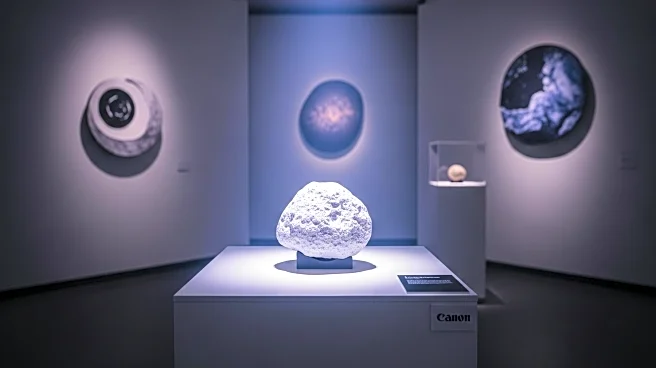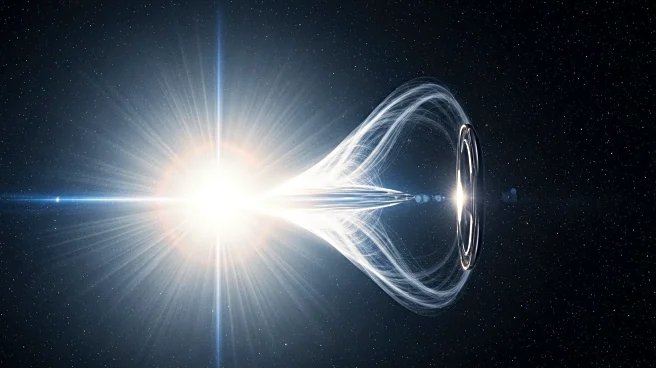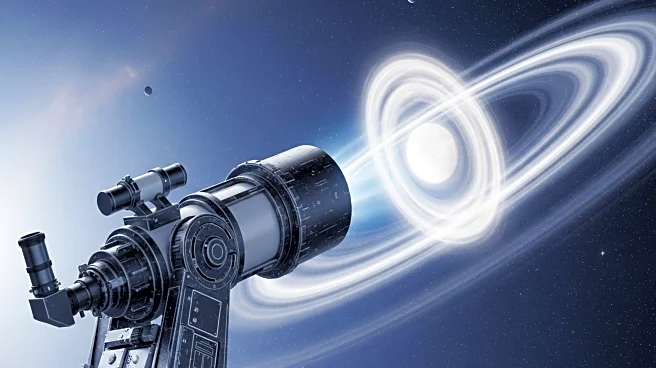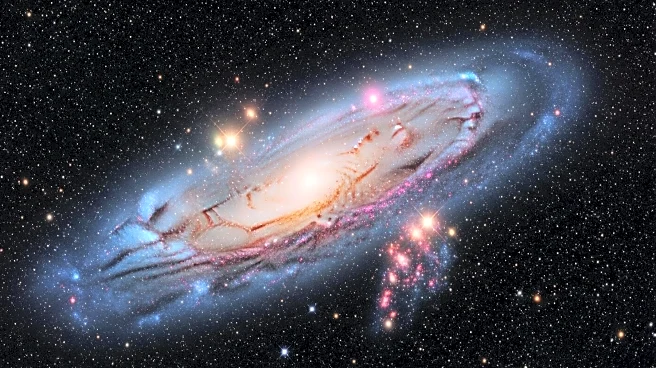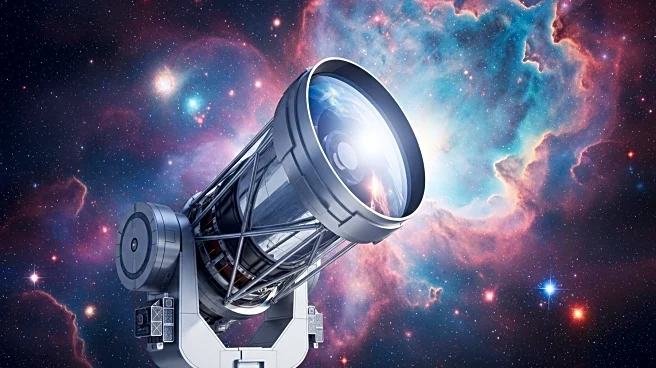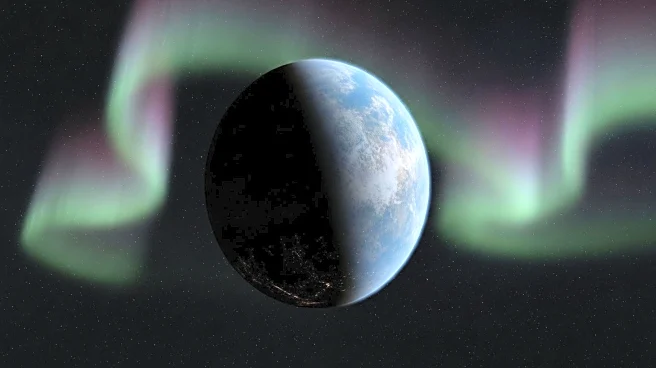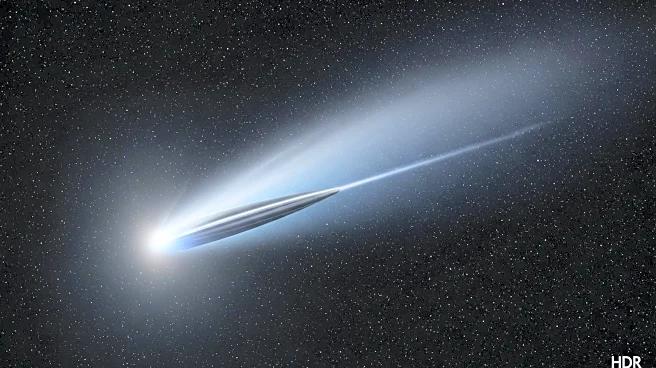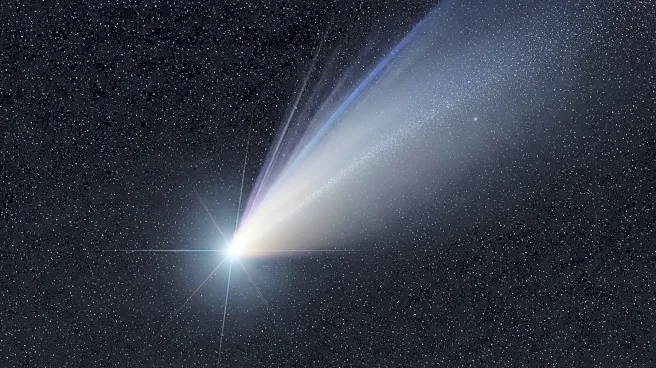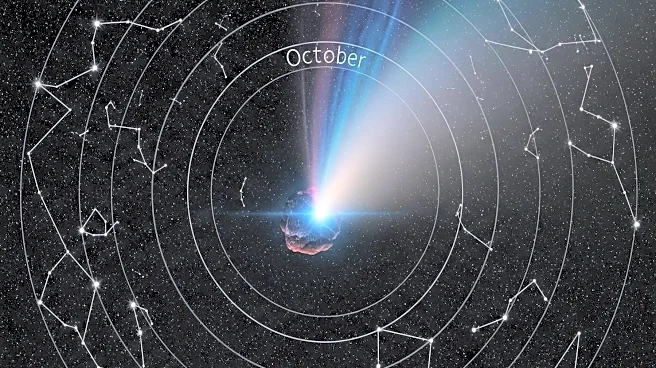What is the story about?
What's Happening?
A moon rock collected during the Apollo 17 mission is providing new insights into the moon's geological history. The rock, known as sample 76535, was found to have formed deep within the moon's crust and has been on the lunar surface for approximately 4.25 billion years. Recent simulations suggest that the rock was not ejected from the South Pole–Aitken Basin as previously thought, but rather formed locally at the Apollo 17 landing site. This discovery challenges existing theories about the moon's impact history and suggests that the Mare Serenitatis basin may be older than previously believed.
Why It's Important?
The findings have significant implications for our understanding of the moon's formation and the timeline of impact events in the solar system. If the Mare Serenitatis basin is indeed older, it could alter the calibration of impact rates used to study other celestial bodies, including Earth. This could lead to a reevaluation of the early solar system's history and impact on Earth's geological and environmental development.
What's Next?
With future lunar missions planned, there is an opportunity to further investigate these findings. Astronauts could collect additional samples from other lunar maria to validate the new timeline and enhance our understanding of lunar geology. These missions could provide critical data to refine models of the moon's history and its role in the broader solar system.
Beyond the Headlines
The discovery highlights the importance of revisiting and reanalyzing historical data with modern technology. It underscores the potential for new insights from existing samples and the need for continuous exploration and research. This development may also inspire renewed interest in lunar exploration and the scientific community's commitment to uncovering the mysteries of our celestial neighbor.
AI Generated Content
Do you find this article useful?
